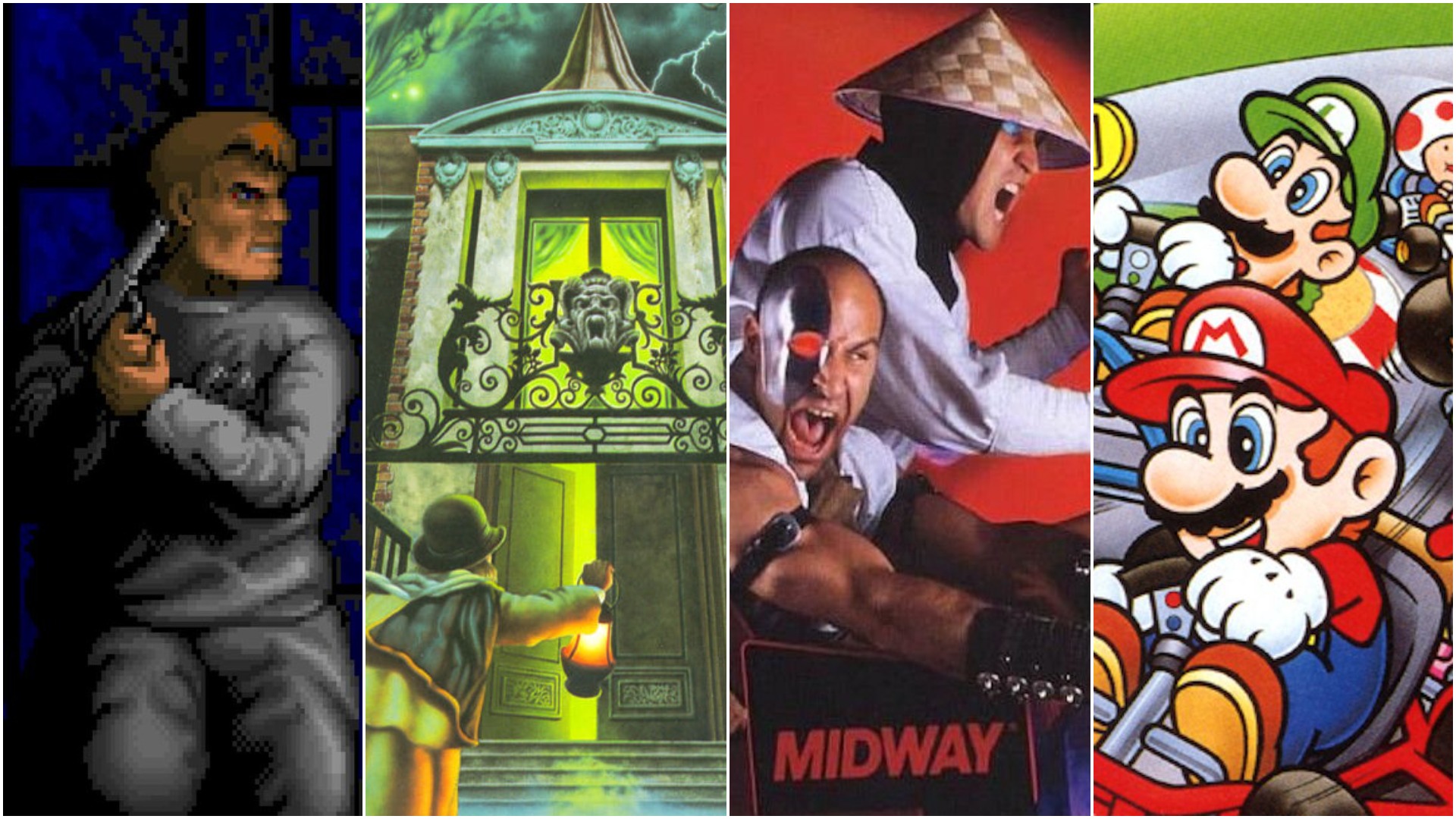When we talk about the biggest and best years in video game history, years like 1998, 2001, 2004, and 2007 typically steal the show. While all those years (and more) deserve to be included in that conversation, I find that 1992 rarely gets the love it deserves for the many ways that year’s biggest games changed the industry for the better.
It’s really fascinating that 1992 ended up being this incredible turning point for the industry. With due respect to the exceptional titles of 1990 and 1991, the first two years of the new decade strongly suggested that developers were still living in the ’80s to some degree and were only just starting to figure out what the future of the industry was going to look like. All of a sudden, the market was flooded by titles that felt like they were pulled from the future. While some of those games were appreciated and successful in their time, others were largely ignored or widely underrated in terms of what literal game-changers they were.
While it would take quite some time to cover every game released in 1992 worth talking about, these are some of the titles that have helped ensure that would help shape the next 30 years of gaming.
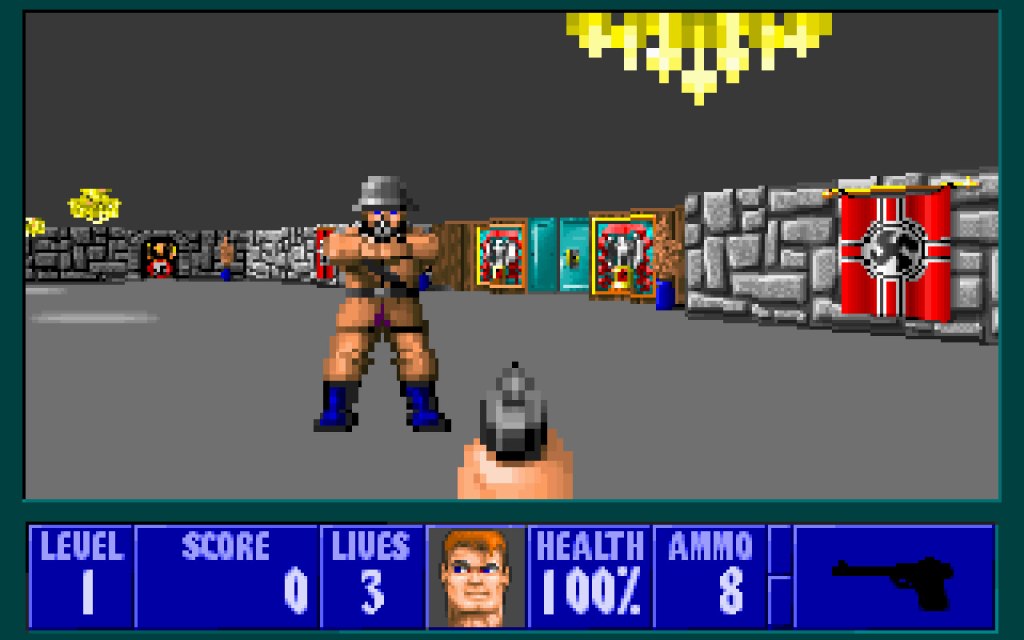
Wolfenstein 3D Truly Kicked Off the Blockbuster FPS Era
It’s difficult to overstate the impact of Wolfenstein 3D. At a time when 3D gaming was little more than a gimmick, and 2D action titles were really just starting to hit their stride, Wolfenstein 3D offered a 3D action experience that wasn’t only playable but faster, more intense, and more engaging than just about every other action game out there.
Wolfenstein 3D was an early example of that rare game that makes even non-gamers stop and stare. Its 3D technology was obviously limited, but watching someone navigate a 3D environment in a way that made sense was a truly powerful experience. It’s not that you couldn’t go back to 2D games after that but rather that your expectations for what was possible, or even desirable, changed overnight. It was one thing for Wolfenstein 3D to show game developers what was technically possible and quite a different accomplishment to convince millions of gamers that they no longer needed to be outright skeptical of 3D gaming as a concept.
It’s also easy to forget the ways that Wolfenstein 3D established the culture of FPS gaming so clearly and so early on. Wolfenstein 3D was loud, violent, and relentless. Doom rightfully gets quite a bit of credit for its heavy metal attitude and style, but Wolfenstein’s attitude helped establish the idea that the FPS genre was going to be the home of “edgier” game experiences for quite some time to come (for better or worse).
While you could argue that open-world games eventually replaced first-person shooters as the premiere blockbuster single-player experience, few games shaped the modern blockbuster gaming industry as significantly or clearly as Wolfenstein 3D. It was an outsider project made by a team that dared to dream bigger than many major studios at the time and actually had the talent needed to pull their crazy ideas off.
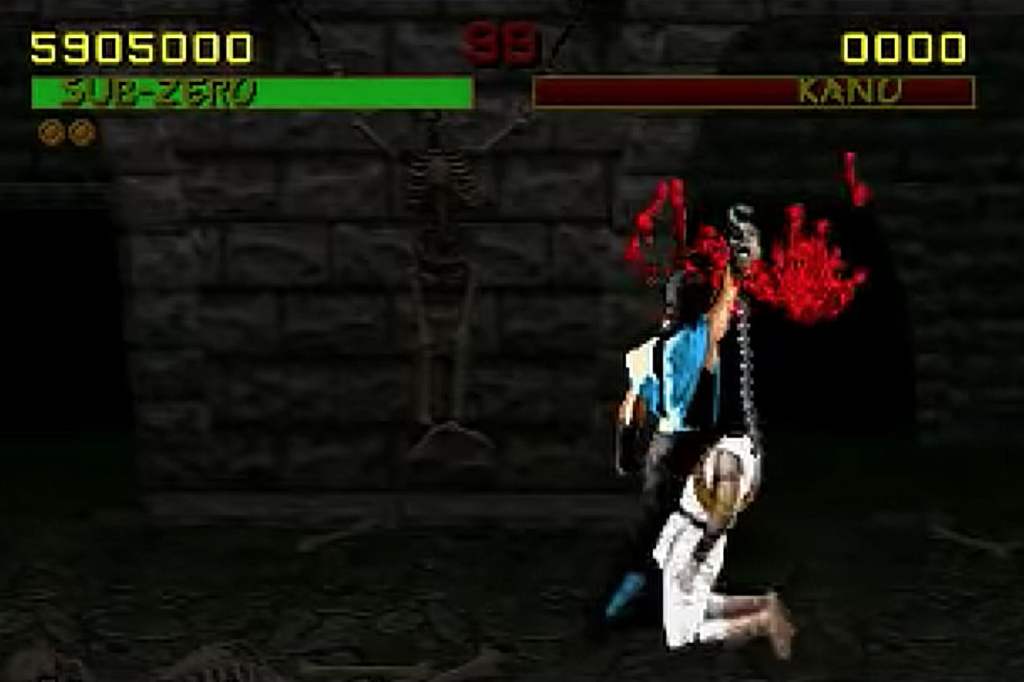
Mortal Kombat Legitimized Video Games and Kicked Off a Fighting Game Franchise War
I probably don’t need to tell you about the controversy that followed Mortal Kombat’s release. It garnered the attention of United States Senators (as well as the mainstream media) and is one of the biggest reasons why the ESRB was formed. Many words have been written about how Mortal Kombat contributed to that great moral panic over the so-called “corruption of youth.” It’s undoubtedly one of the most controversial games ever.
What doesn’t get talked about often enough, though, is how Mortal Kombat helped show that violent video games could not only be commercially viable but artistically worthwhile.
The Mortal Kombat team didn’t necessarily dream of creating the most violent game ever. The more violent content (most notably MK’s fatalities) was gradually added to the title as its development evolved. The MK team has even suggested that some at Midway didn’t think players would discover fatalities in the game and that they only pushed the title more in that direction when they saw how positively fans reacted to those finishing moves.
That’s really the key difference between Mortal Kombat and so many over-the-top violent titles of the ‘90s. Whereas so many other violent video games of the ‘80s and early ‘90s used over-the-top violence to sell often inferior products, Mortal Kombat’s violence became a natural extension of what the game was really trying to accomplish. For all the talk about Mortal Kombat being the most controversial game of its era, it’s worth noting that it wasn’t even the most violent game on the market at that point; it was just the most popular. People may have stopped at a Mortal Kombat machine because they saw a fatality, but they stayed because Mortal Kombat offered something different and genuinely compelling.
At a time when Street Fighter 2 felt like an unstoppable fighting game juggernaut, Mortal Kombat artistically used video game violence to offer a genuine alternative. It showed that gamers wouldn’t just buy something because it was violent, but they were excited to finally experience games that used violence for a purpose.
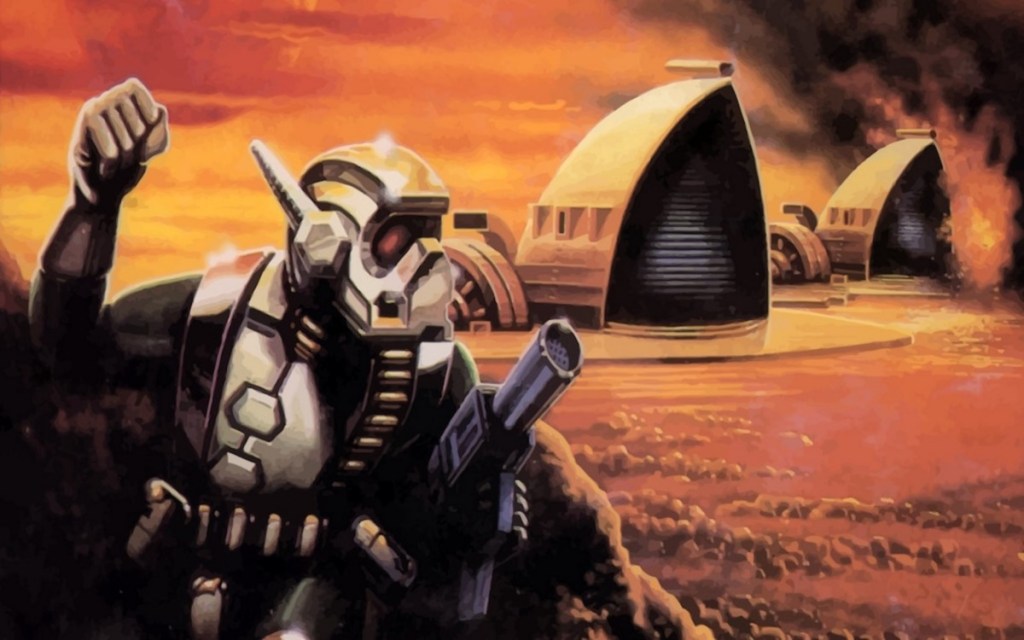
Dune II Ushered in the Golden Age of RTS Titles
With due respect to Denis Villeneuve’s incredible film, 1992’s Dune II remains my favorite adaptation of the Dune franchise.
Developer Westwood Studios rightfully recognized that Dune’s tale of an epic struggle between noble houses all vying for control of the most valuable resource in the universe was the perfect backdrop for an exceptional strategy experience. At a time when so many video game adaptations of popular properties were still in the “buyer beware” era, Westwood tapped into the heart and mind of one of the deepest pieces of sci-fi ever written and recontextualized so many of the things that made it great.
In the process, they happened to invent what many people still think of when they think of real-time strategy games. Dune II’s innovative fog of war system, resource gathering-based gameplay, technology tree, faction-based unique units, and use of the mouse and keyboard control system joined forces to form a basic template that RTS developers would come to rely on for the next 30 years. If Dune II didn’t straight-up invent an RTS concept, it repurposed old genre ideas in ways that would soon become standard.
Mind you, it’s not just that Dune II invented or refined so many RTS concepts but that the whole thing still feels fresh even after three decades of imitations and innovations. The fact that so many of Dune II’s technical innovations were the result of its developers wanting to pay proper tribute to the source material is all the more reason to put it on any respectable shortlist of the greatest video game adaptations ever.
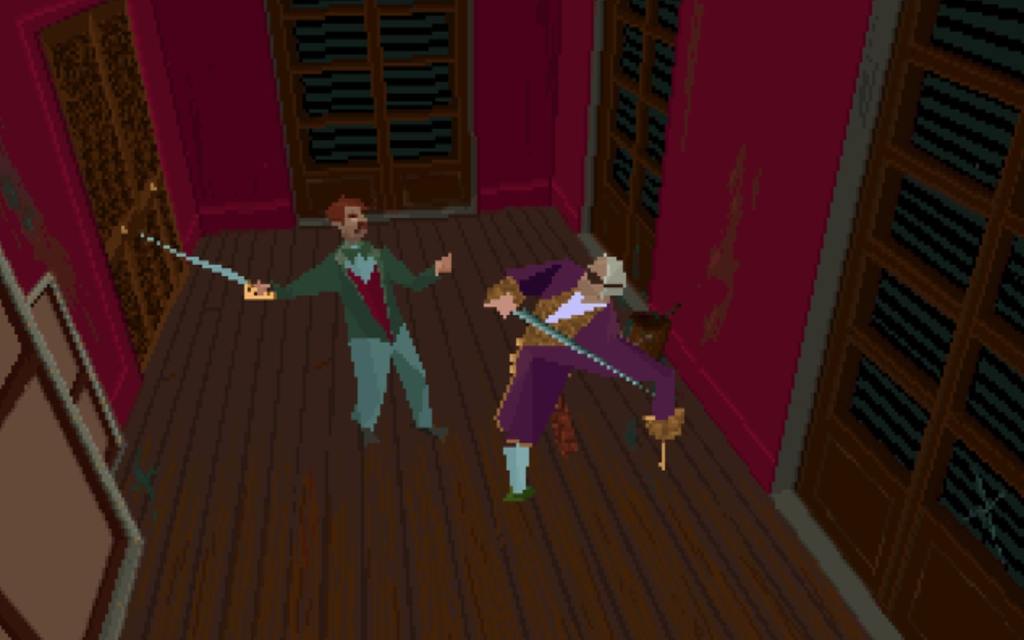
Alone in the Dark Quitely Paved the Way for the Future of Horror Games
While I understand the temptation to throw Resident Evil under the bus when talking about the various ways that Alone in the Dark “did it first,” that’s not really fair to either game. It’s easy enough to see how Resident Evil’s improved visuals and various gameplay refinements made it the mainstream hit Alone in the Dark wasn’t. As we’ve previously pointed out, Alone in the Dark really just showed Capcom how to make a 3D version of Sweet Home.
Still, Alone in the Dark has to be considered one of the most fascinating examples of how you don’t have to be too far ahead of your time to still be ahead of your time.
With its tank-like controls, fixed camera system, blend of puzzles and combat, and even the way it utilized a kind of haunted house setting, Alone in the Dark offered a shockingly clear look at what the survival horror genre would become. It’s truly incredible to play this game today and realize it’s not some kind of “de-make” of a more modern horror title but rather a title that took horror gaming to a new level at a time when the idea that a game could be genuinely scary was still up for debate.
Mind you, Alone in the Dark wasn’t perfect. Honestly, the game was considered to be technically rough even in its day. Its developers were aware of the game’s many technical shortcomings and feared that people would reject the experience outright because of them. Some reviewers at the time pointed those issues out, but most were more impressed by Alone in the Dark‘s boldness and the ways it showed how much its studio loved that genre.
Beyond its technical innovations, the thing that really set Alone in the Dark apart was the ways it managed to establish tension through moments of quiet and relative peace. So many other games that came before just threw vaguely scary things at you like you were in a funhouse, while Alone in the Dark took the time to let you breathe and really dread what would happen next. Just walking around the game’s mansion was more terrifying than pretty much every horror game that came before.
Alone in the Dark sold fairly well, but it was perhaps a bit too technically demanding, too different, and too “slow” to be more widely appreciated in its time. It’s truly a shame that so many future Alone in the Dark titles struggled to evolve the elegant form of atmospheric horror that makes the original Alone in the Dark still stand tall against Resident Evil (and so many other horror titles) all these years later.
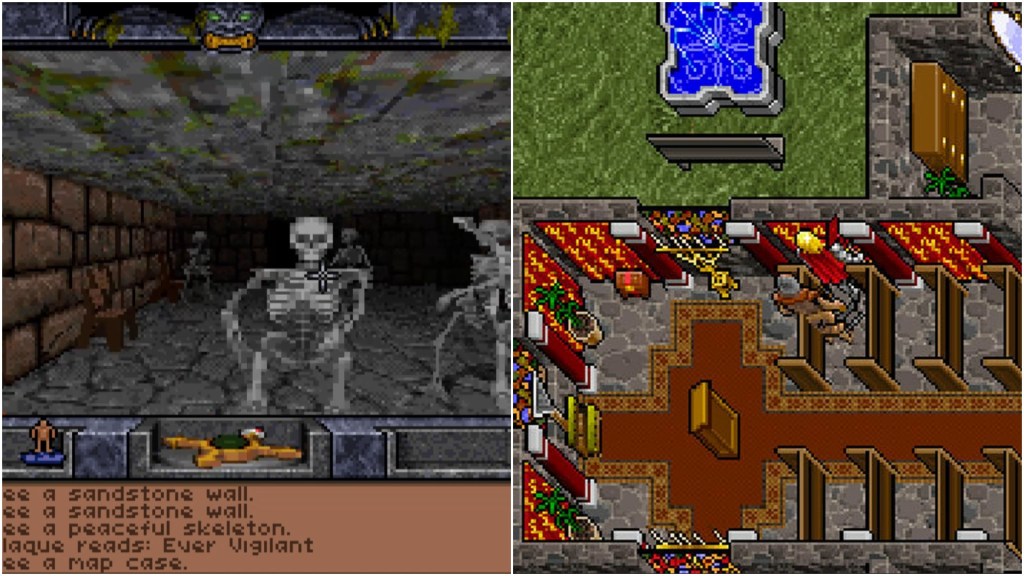
Ultima Underworld and Ultima 7 Forged Two Very Different Paths (and Equally Important) Paths for RPGs
Much like Alone in the Dark, it’s always a little sad/surprising that the Ultima franchise doesn’t really have much of a presence in the modern gaming industry and is really only remembered by gamers of a certain age. After all, it’s not often that a franchise revolutionizes an entire genre in two distinct ways in the same year.
Ultima Underworld is widely considered to be the godfather of first-person RPGs like The Elder Scrolls series, but even that feat undersells its importance. With its emergent, open-ended gameplay that often required players to come up with creative solutions to advanced problems, Ultima Underworld should also be considered an influence on everything from Deus Ex and BioShock to Half-Life 2 and Thief.
At a time when so many other developers were still figuring out the basics of 3D technology, the Ultima Underworld team took it upon themselves to really try to figure out what new gameplay possibilities that extra dimension allowed for. Many agreed it was the future of gaming, but few dared imagine what would possibly top or even follow it.
While you may think the visually simpler Ultima 7 must have felt archaic compared to Ultima Underground, that couldn’t be further from the truth. Actually, by removing the grid-based movement system featured in previous Ultima games and utilizing a more free-form mouse-driven control scheme, Ultima 7 practically invented the isometric RPG as we know it today.
That freedom of movement extended to the game’s world, menu system, and combat. Nearly every aspect of Ultima 7 was designed to make you feel like both dungeon master and adventurer. From the ways the game allowed you to interact with nearly every item you discovered to the how it allowed you to strategically manage a party of adventurers who were still smart enough to not need to be micromanaged, Ultima 7 offered the most compelling reason yet to put away the pen and paper and lose yourself in a digital role-playing experience. Without it, we may have never gotten games like Baldur’s Gate and Fallout.
Ultima Underworld and Ultima 7 weren’t the first RPGs or even the first great RPGs. However, you could easily argue that they’re the RPGs that put aside the past and dared everyone to imagine a much more exciting future.
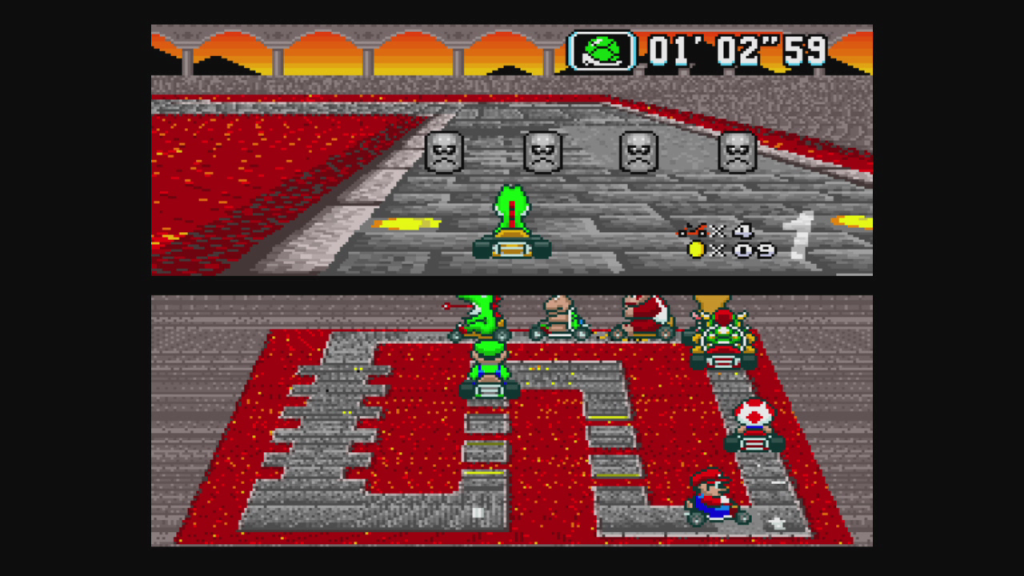
Super Mario Kart Proves the Existence of Nintendo Magic
Truth be told, I struggled to think of the best way to describe what made Super Mario Kart so important. Yes, it practically invented the kart racing concept, and yes, it kicked off one of Nintendo’s most unlikely best-selling franchises, but none of those innovations really capture the scope of what made the game truly special.
In the end, though, that’s what stuck out to me most about Mario Kart. It wasn’t just a good game; it was the game that proved the existence of Nintendo magic.
There is no way that a go-kart game starring what were essentially corporate mascots had any right to be as good as Super Mario Kart was. Yet, Nintendo approached this title with a level of care and respect that, in retrospect, we really all should have expected from them even at that point. What could have been a cash-in proved to be the game that showed how much Nintendo respected its properties and fans. Call it love or good corporate synergy, but they seemingly realized that there’s no point in putting so many famous in a game if that game wasn’t going to live up to the standards set by those characters’ individual adventures.
Nintendo’s desire to make sure that any game that featured their characters was treated with respect led to brilliant team-up spin-offs like Super Smash Bros. and Mario Party. For as frustrating as it can sometimes be to be a Nintendo fan, games like Mario Kart demonstrate that magical feeling Nintendo has created over the years by maintaining certain standards when it comes to the franchises and faces that helped make them famous.
